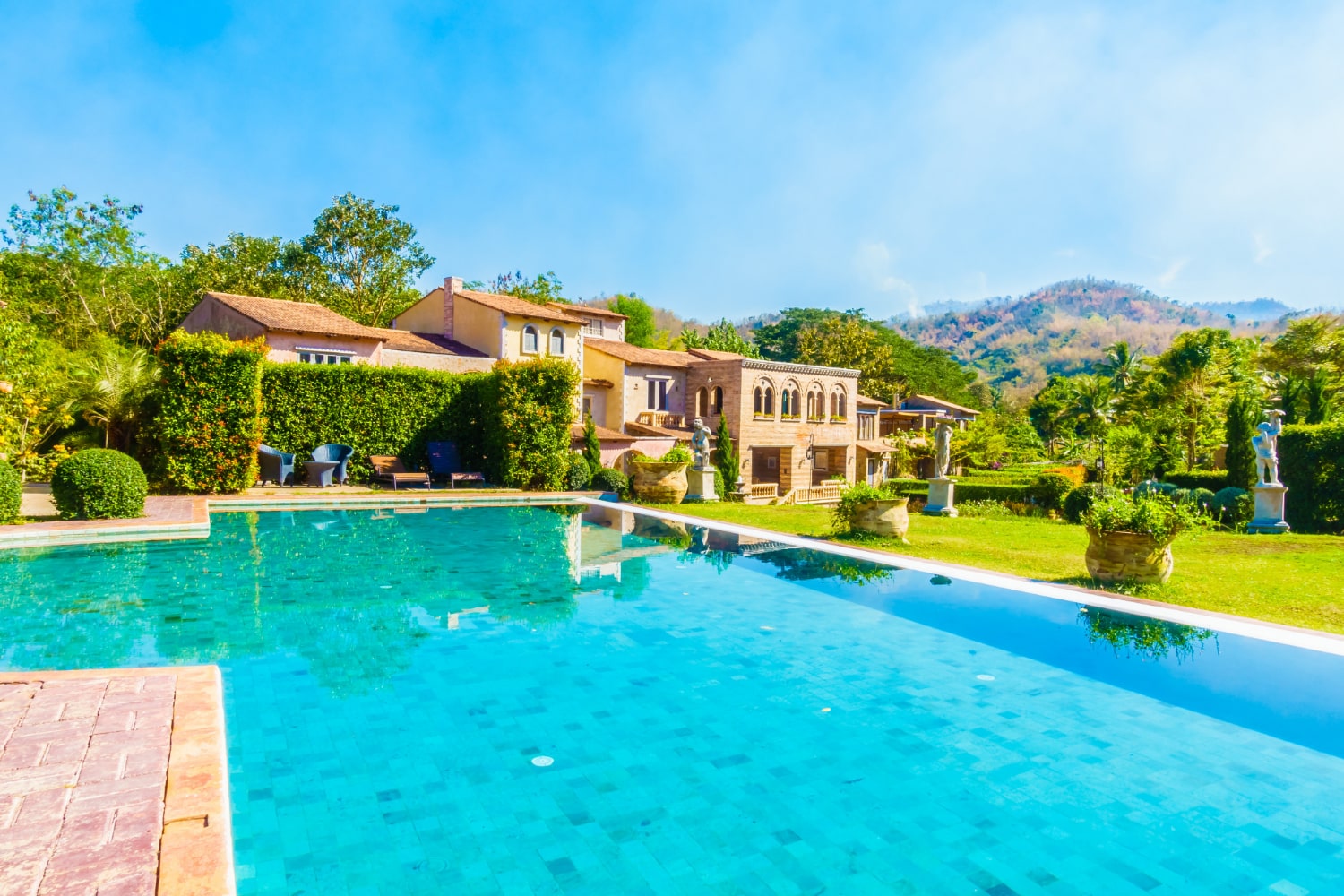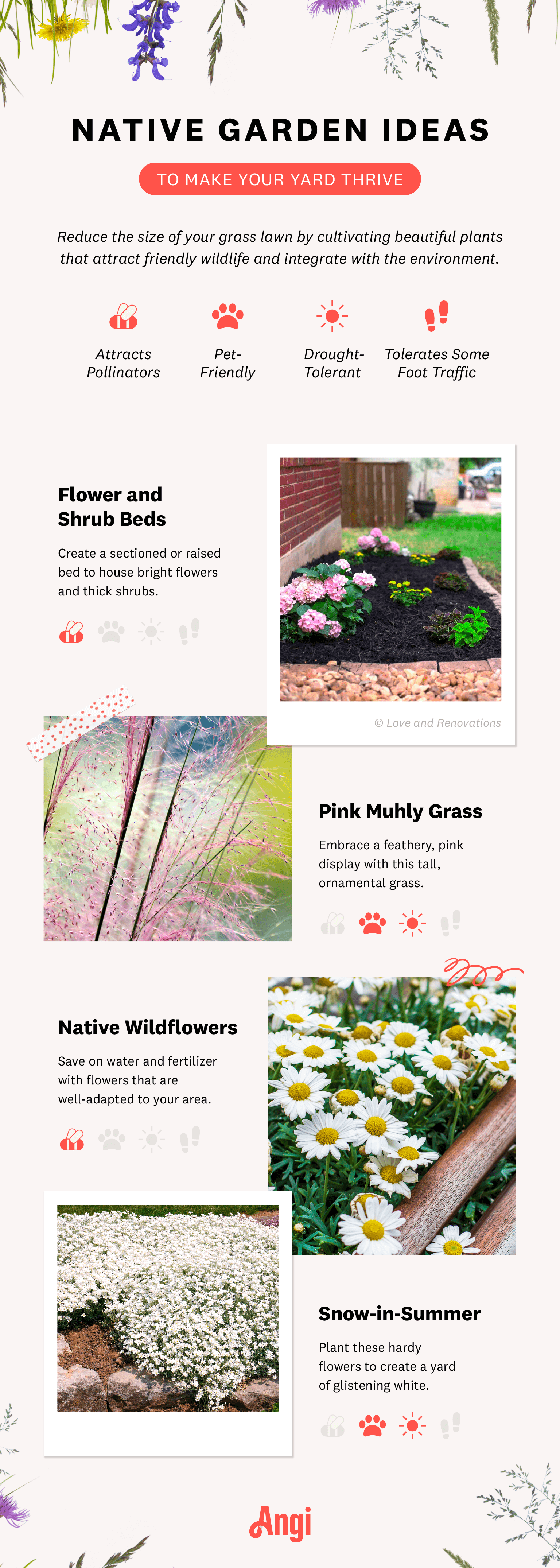
Well-trimmed, grassy yards are often sources of great joy. Residential yards are the perfect places for outdoor gatherings, games, and soaking up the sun. However, due to the maintenance they require, grass lawns can be quite harmful for the environment.
Over 40 million acres of land in the US includes lawn in it, making grass the biggest crop in the country. Keeping all this turf grass green and neat requires regular watering, mowing, and fertilizing. Overwatering is very common, and lots of water is required especially in drier areas where grass may not be native. Gas emissions from lawn mowers contribute to air pollution. Runoff from chemical pesticides and fertilizers can damage the surrounding environment.
Additionally, frequently-mowed grass lawns don’t support pollinators as much as flowering plants and wild vegetation. Bee populations are declining, and long stretches of grass aren’t helping create habitats for them.
Thankfully, there are solutions we can all embrace to help create more eco-friendly lawns. Grass isn’t the only option for a beautiful and vibrant landscape, after all. Here are several lawn alternatives to grass that are low-maintenance, require fewer resources, and better support pollinators.
Ground Cover Ideas
Ground cover plants spread to form a lush carpet over a space. Many require minimal maintenance other than occasional watering. You won’t need to worry about mowing these plants, as they naturally grow low to the soil. Over time, these plants will wrap naturally around stone paths, creating a quaint look in the garden. They also do wonders on slopes, by holding the soil in place and preventing erosion. Several ground covers are drought-tolerant, pet-friendly, and can tolerate moderate foot traffic. Many also flower, attracting bees and butterflies.
Some ground cover plants include:
- Creeping Jenny
- Creeping Thyme
- Stonecrops
- Sweet Woodruff
- Moss
- Clover
- Coriscan Mint
For more ground cover ideas, see below:

Native Garden Ideas
While these options may not be able to cover the entire yard, you can still create multiple flower and shrub beds to reduce the size of your grass lawn. These visually attractive plants will still require less water and fertilizer, especially if you choose native perennials. Native plants that are adapted to the region’s soil won’t need much fertilizer to flourish. They’ll also best support local pollinators.
Ornamental grasses are also nice additions. They grow into interesting, feathery shapes and add intriguing texture to any yard. They also don’t need mowing — just seasonal trimming to keep them coming back year after year.
Some native garden ideas include:
- Shrub beds
- Fescue
- Blue oat grass
- Muhly grass
- Chamomile
- Snow-in-summer
For more, see below:

Non-Plant Ideas
You can also replace turf grass with landscaping materials that don’t require any water, fertilizer, or mowing at all. These non-plant options can cover designated walkways or gathering spaces to help reduce portions of a grass lawn. Some materials, like gravel, are often very inexpensive to purchase. You don’t have to do much to maintain these non-plant options aside from yearly maintenance and top-offs. With a little planning, you can create gorgeous landscaping designs with these materials.
Ideas include:
- Recycled mulch
- Gravel
- Sand
- River rocks
- Artificial turf
Read about the benefits of these ideas below:

By planting or designing with these beautiful, low-maintenance, and eco-friendly options in your yard, you’ll cut down on waste while also saving yourself time and energy. Plus, your yard will still be a source of joy — one that’s even more lush and unique than before.
You may also like
How To Increase The Value Of Your Home With A Great Garden
13 Ways to Maintain a Healthy Flower Garden
4 Tips For Perfect Landscaping
